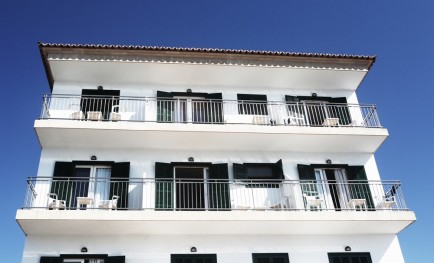
Looking up: Already, sales and price data for 2018 is extremely encouraging.
Having finished strongly down the home straight of 2017, Spain’s property market has been quick out of the blocks for 2018, according to data published by a variety of the nation’s leading indices.
Statistics for December last year show that prices rose that month anywhere between 3.8% and 7.5%, continuing the trend evident across 2017. Indeed, across-the-board growth only returned to Spain last year, with the years between 2013’s bottoming out and last year’s sterling performance characterised by national imbalances…
In 2018, all regions are looking strong. Figures from property evaluation website Idealista show that the average asking price for a property in Spain rose 5.9% in January against the same month last year, and also rose against December’s figures.
So far, so good.
In terms of sales transactions, December saw a 16% increase on home sales compared to the same month in 2016, and so ensured that the year ended on a high – there were 8% more homes sold that month than in November.
Again, sales increases were pretty uniform across the country, and highest in Granada. Last December, the city saw a massive 27% increase in property transactions. Madrid posted 22% growth and Málaga hit 15% growth – slightly below the national average.
Property analyst Mark Stücklin was impressed by this data. “2017 was a positive year for the Spanish property market in terms of sales, with the market driven by economic growth at home, rising employment, tourism, mortgage lending and foreign demand,” he said.
Credit ratings agency Standard & Poor’s (S&P) evidently shares the analyst’s optimism: it has forecast an increase in property prices of 3.5% for 2018, and around 3% for 2019 and 2020. Such steady increases are to be welcomed: they are neither too steep nor too shallow.
S&P is also projecting sales of homes in Spain to rise 8% this year. Once again, foreign demand will be strong, and is likely to comprise 17% of all home purchases in Spain in 2018, which is a slight increase on last year’s share.
“Second hand house prices will continue to rise, albeit less rapidly than in the past two years, especially since real disposable income growth slows markedly on the back of flat nominal wages,” said the S&P report.
 en
en



 Vlaams-Nederlands
Vlaams-Nederlands
0 Comments
Leave a Comment
DISCLAIMER
The opinions and comments expressed by contributors to this Blog are theirs alone and do not necessarily reflect the views of VIVA Homes Under the Sun Ltd, any of its associated companies, or employees; nor is VIVA to be held responsible or accountable for the accuracy of any of the information supplied.
Have you got something to say?